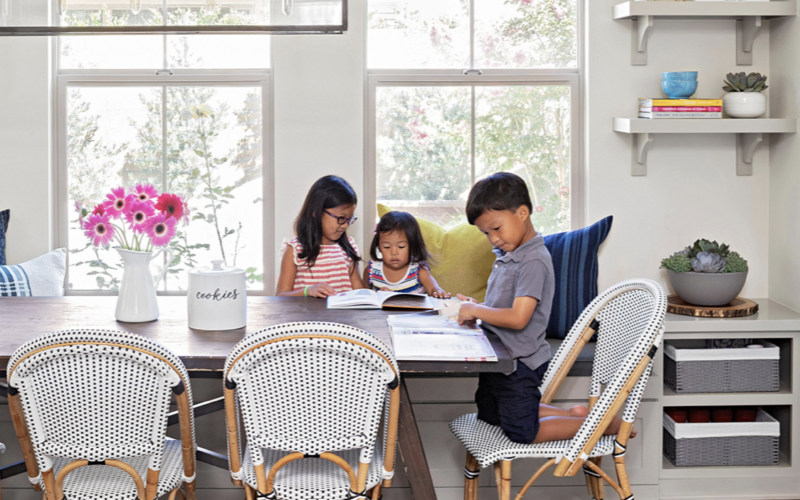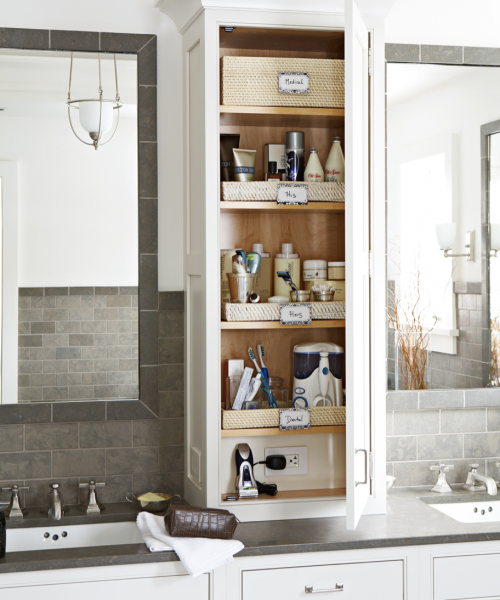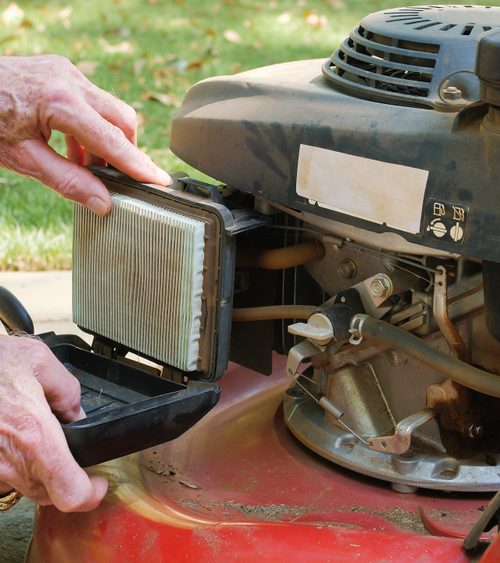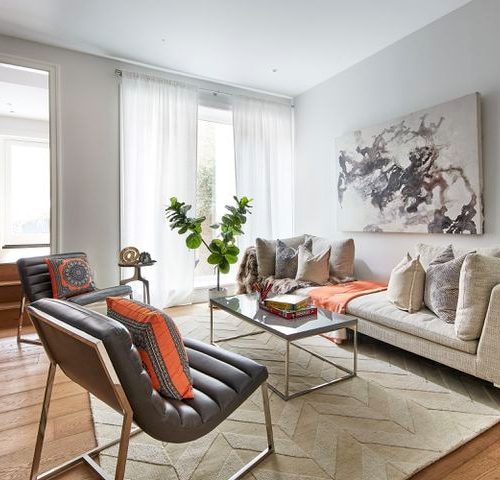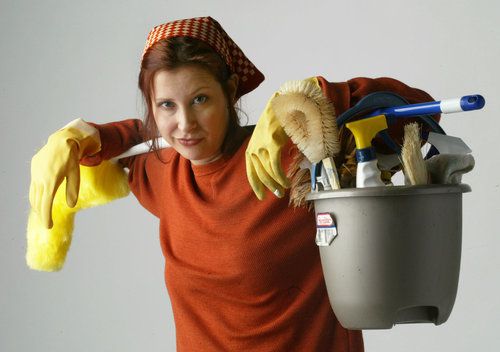By Jessica Bennett | BHG.Com
Troy Warren for CNT #HomeGarden
Learn how to convert an underused area of your home into a customized space that best suits your needs.
As lifestyles shifted due to the coronavirus pandemic, our homes had to adapt to new activities and routines. Dining rooms and closets became home offices, kids’ bedrooms served as homeschool spaces, and guest rooms were outfitted with workout equipment. These multi-purpose rooms were born out of necessity, but even as we look toward a post-pandemic future, homeowners are increasingly using “flex spaces” as a versatile solution for previously underused areas. “The trend has found staying power as people realize they can more efficiently use their spaces in sustainable ways,” says Cameron Johnson, founder and CEO of Nickson, an apartment-furnishing service.
Flex spaces are intended to help your home better accommodate your day-to-day life. Guest bedrooms, for example, can often be reimagined for more frequent and flexible use. “People are realizing that an entire room in their home dedicated to an occasional houseguest may not be the best use of space—a commodity that has become decidedly more precious over the past year,” says Los Angeles designer Stefani Stein. To maximize function within your home’s existing floorplan, follow these tips for creating a flex space that works with your lifestyle.
1. Think outside a room’s assigned function.
Consider your home’s least-used spaces, such as a formal dining room, breakfast nook, sitting room, or extra closet, and how they could be put to better use. Your home’s builder might have intended the room for a specific purpose, but feel free to readjust if that doesn’t align with your everyday priorities. “Nothing is off-limits for reimagining how a space can be used,” says interior designer Shaolin Low of the Honolulu-based Studio Shaolin.
A flex space should be designed around the activities that will take place there, such as working, exercising, doing homework, and more. “People are surprised by how cohesive they can make a space if they start from ‘What should the space facilitate?’ versus ‘What is supposed to be in this room?'” Johnson says.

2. Consider your long-term needs.
As you configure your flex space, consider how your needs might change as time goes on and plan for flexibility, Low suggests. “If you have young children at home, think about how it will be utilized as they grow up. If you will host a lot of family or guests in the future, think about how you’ll accommodate,” she says. Opt for lightweight, easy-to-move furniture to help ensure your setup can be rearranged as needed. “When it comes to exercise, consider alternatives to large and bulky equipment such as tension bands,” says Tiffany Piotrowski of Tiffany Leigh Design. “These can be kept in a decorative bin or basket and still provide a full-body workout.”
3. Plan for storage.
Incorporate plenty of storage into your flex room to manage clutter and maximize space. “Add storage that can be closed off—cabinets with doors to hide messes and contain all the items necessary for whatever activities will be taking place in the room,” says Austin-based interior designer Killy Scheer. Choose furniture or containers that can stylishly and efficiently accommodate your storage needs, whether that’s for workout gear, office supplies, toys, or other items.

4. Compartmentalize the flex space.
If your flex space will serve multiple functions, section off areas of the room for each need, suggests Pramiti Bhargava of BlueGrape, a San Diego staging company. For example, designate one corner for a home office and use the other side of the room as a workout space. Room dividers or shelving unitscan serve as physical barriers that separate the space and offer added privacy. For a visual cue, lay down rugs or paint an accent wall to specify different sections.
5. Use flexible furniture.
“If you want to have a multi-purpose space, you need to have multi-purpose furniture,” Low says. Outfit your room with pieces that can transform to suit different needs or activities. Look for nesting furniture that can be stacked or separated, tables with extendable leaves or fold-down mechanisms, and armoires that can open up to reveal a workspace, suggests Scheer. Just be sure to measure the room carefully before purchasing furniture.
6. Reflect your personality.
Customize your flex space to suit your style. Use it as an opportunity to go bold with a dramatic paint color or patterned wallpaper. Or tailor it to a certain hobby or interest. “There are so many creative ways to utilize extra space, so take it as an opportunity to showcase your personality and passions,” Bhargava says.
In Other NEWS


























